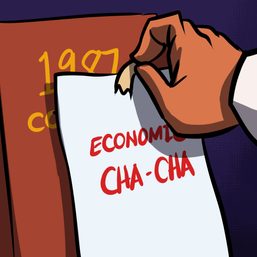SUMMARY
This is AI generated summarization, which may have errors. For context, always refer to the full article.

Canadian employment growth slowed in November amid a second COVID-19 wave, with 62,000 net new jobs created, but the unemployment rate continued to fall from its peak, the government statistical agency said on Friday, December 4.
Employment was up 0.3% in the month, following an increase of 0.5% in October and an average of 2.7% per month from May to September, said Statistics Canada.
The unemployment rate, meanwhile, fell 0.4 percentage points to 8.5%, continuing a steady decline from the record high 13.7% in May, and beating analyst forecasts.
A lockdown in the spring to slow the spread of the COVID-19 illness had put 3 million Canadians out of work.
By November, the total number of unemployed Canadians fell to 1.7 million. Many people struggling to find work, however, dropped out of the labor market.
According to Statistics Canada, November employment fell in industries most directly affected by public health restrictions such as in accommodation and food services.
On the other hand, it approached or exceeded pre-pandemic levels where working from home or physical distancing was more feasible, including professional, scientific, and technical services, the agency said.
Most of the new jobs were full-time.
Employment increased for women and those under 24, and declined slightly for men.
Some 4.6 million Canadians worked from home.
New hospital and school hires mostly drove a small uptick in public sector employment.
Employment growth, meanwhile, resumed in construction, transportation, and warehousing.
It rose for the 3rd consecutive month in finance, insurance, real estate, rental, and leasing sectors to surpass pre-pandemic levels.
The resources sector also bounced back, as did retail trade – but the latter was predicted to drop in December as some regions imposed new COVID-19 measures on restaurants, recreational facilities, and retail businesses.
Self-employment as a group remained furthest from pre-pandemic levels, down 4.7%. – Rappler.com
Add a comment
How does this make you feel?



![[OPINION] Limited intake of international students: Is Canada knee-capping its future?](https://www.rappler.com/tachyon/2024/02/tl-canada-forgeign-student-cap-02232024-2.jpg?resize=257%2C257&crop_strategy=attention)



![[Time Trowel] Evolution and the sneakiness of COVID](https://www.rappler.com/tachyon/2024/02/tl-evolution-covid.jpg?resize=257%2C257&crop=455px%2C0px%2C1080px%2C1080px)







There are no comments yet. Add your comment to start the conversation.